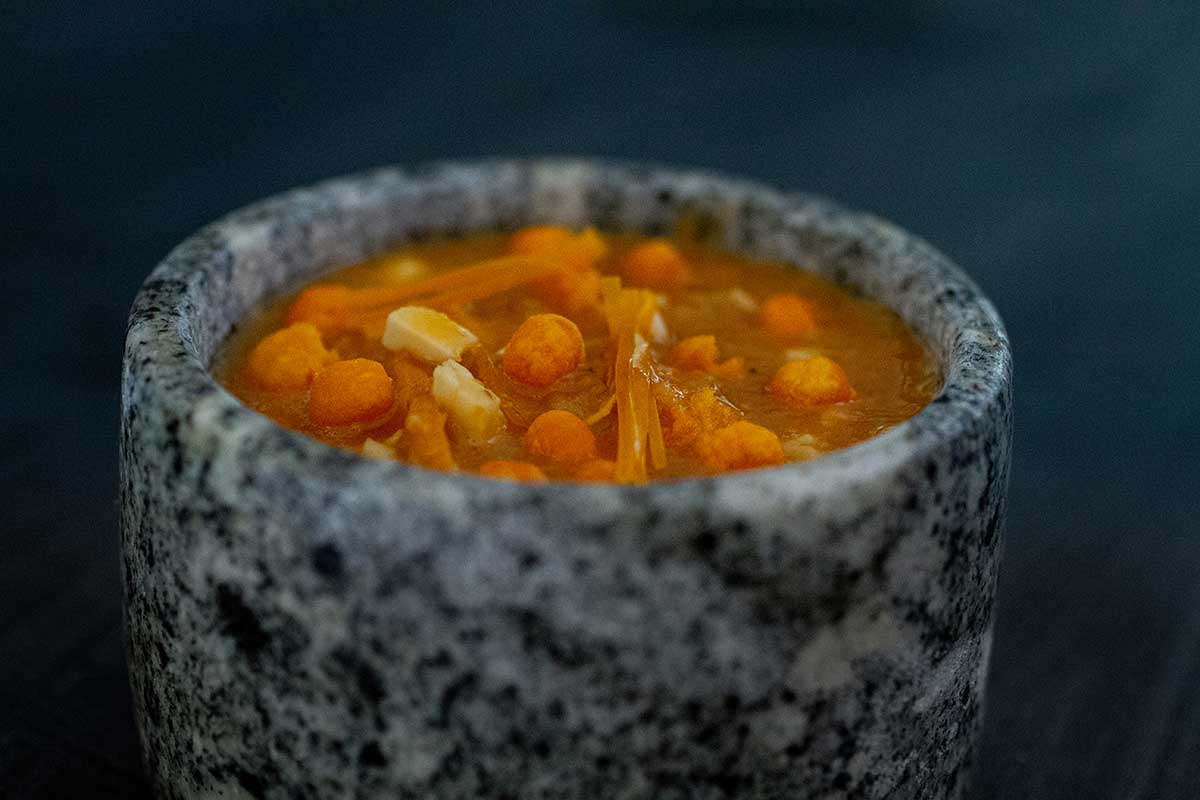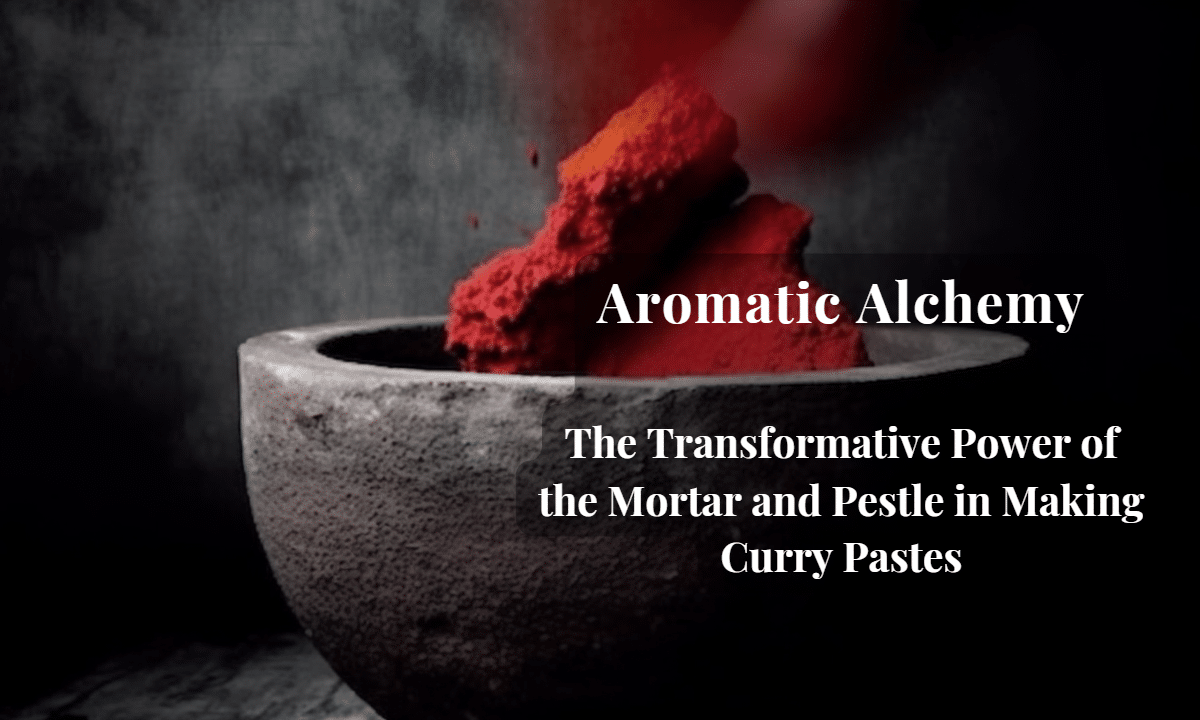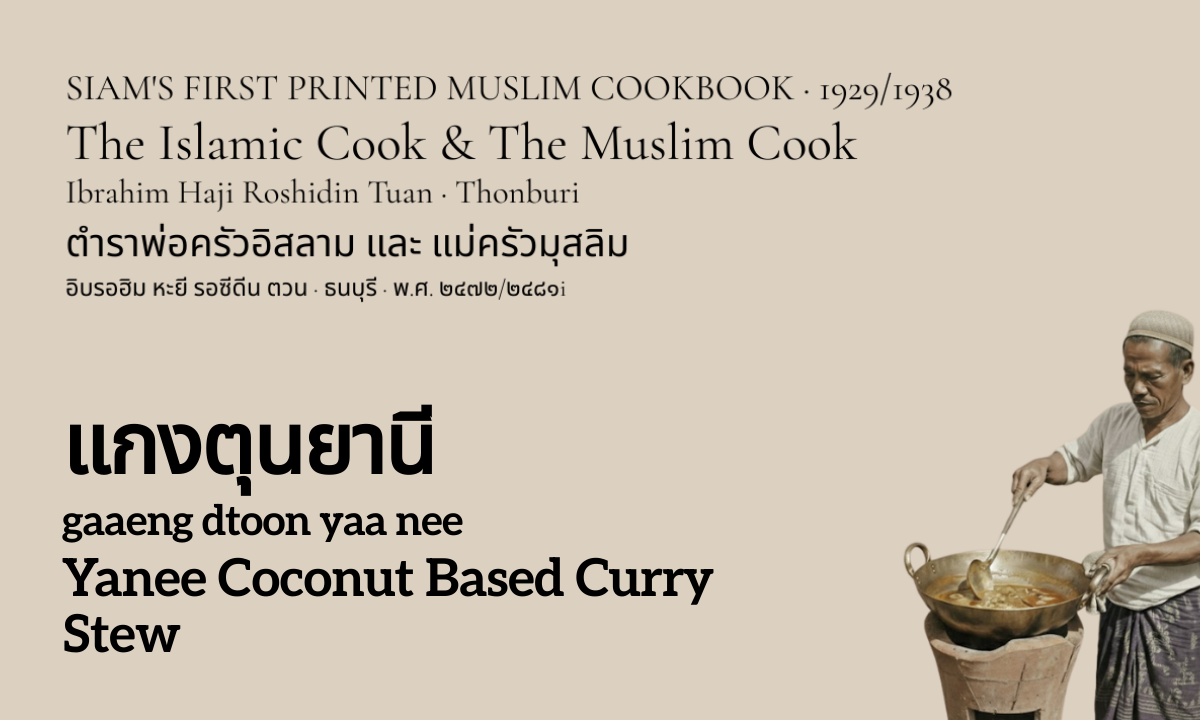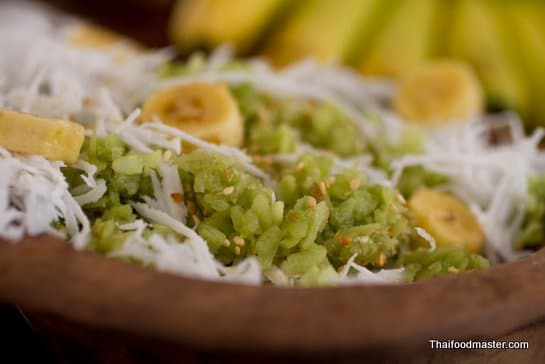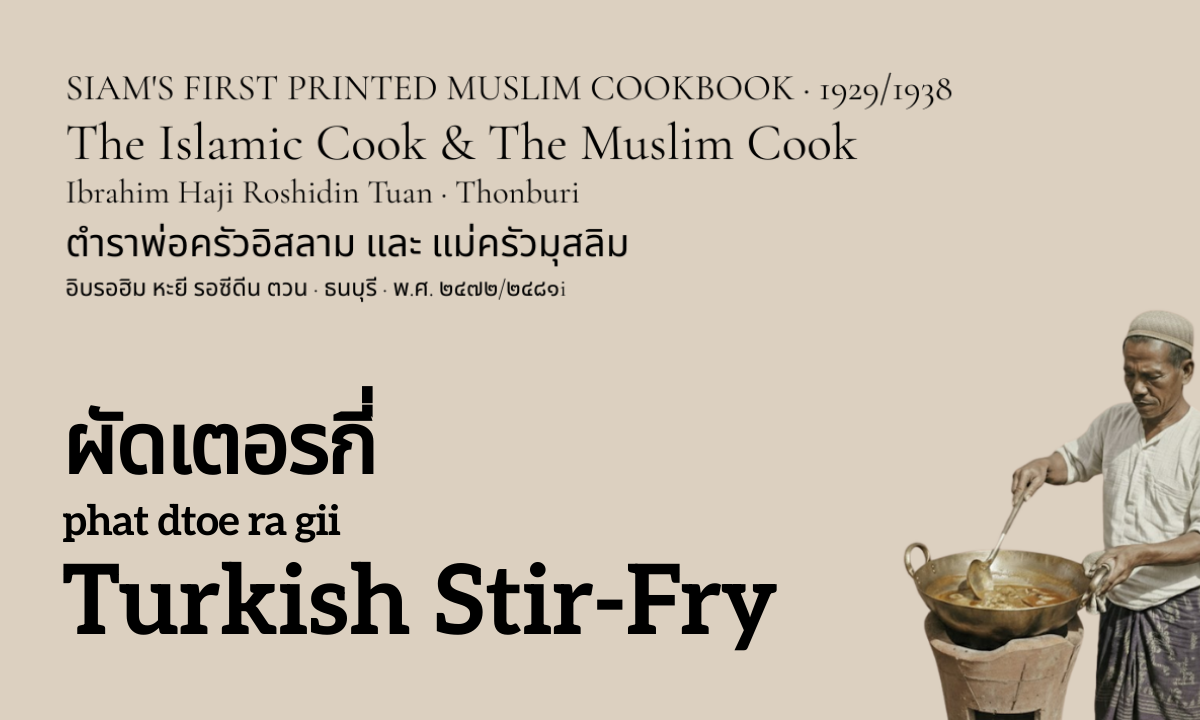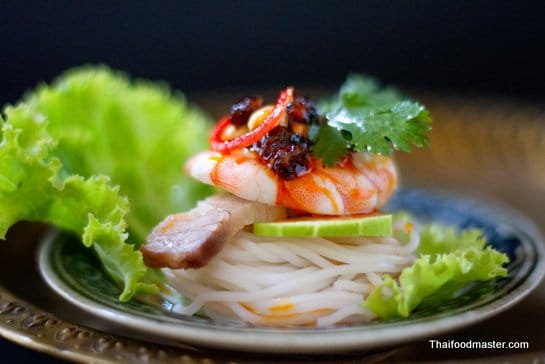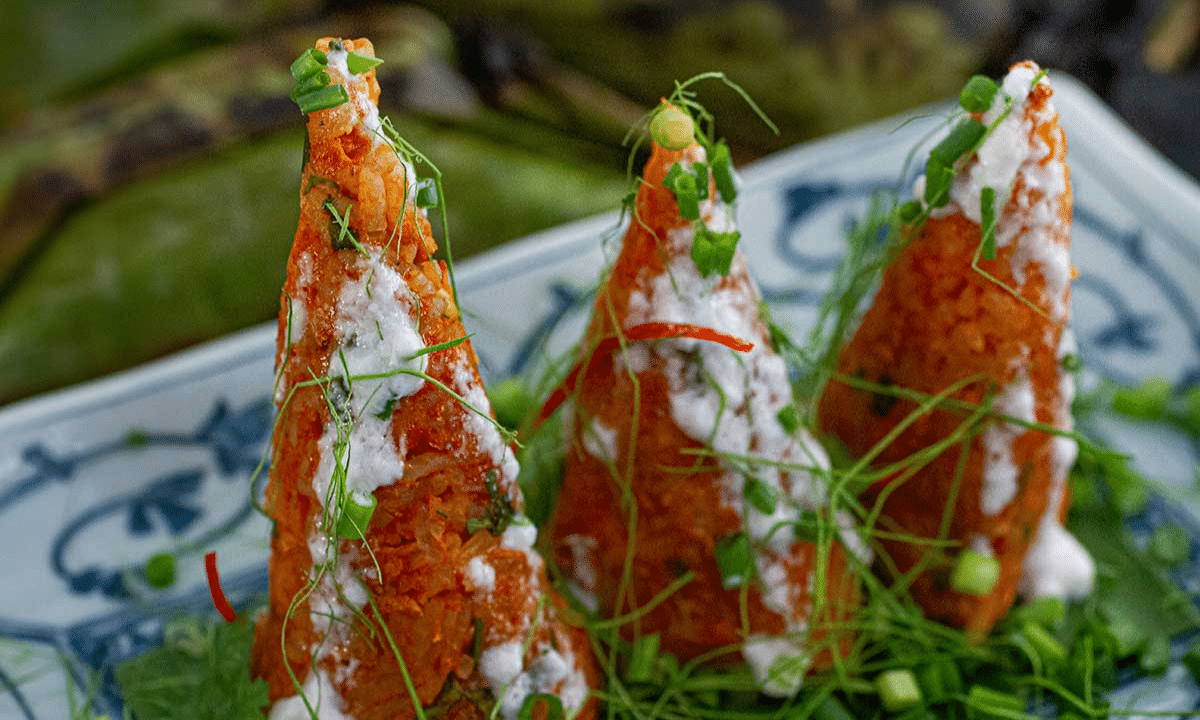
Senegalia pennata
English: climbing wattle, Vietnamese: rau thối, Burmese: ဆူးပုပ်; Khmer: ស្អំ; Meiteilon : khang, Thadou-Kuki: khang-khu, Mizo: khanghu, Hmar: khanghmuk, Biate: khang-hu, Malay: petai duri. [1]wikipedia
Climbing wattle is a species of plant which is native to South and Southeast Asia. It is a shrub or small tropical tree which grows up to 5 meters (16 ft) in height. Its leaves are bipinnate with linear-oblong and glabrous pinnules. Its yellowish flowers are terminal panicles with globose heads. The pods are thin, flat and long with thick sutures. [2]wikipedia
In Northeast India, in the states of Mizoram and Manipur, climbing wattle is an ingredient in indigenous cuisines like kaang-hou (fried vegetables) and eromba. The plant is locally known as khanghmuk in Hmar, khang in Meiteilon and khanghu in Mizo. [3]wikipedia
In Vietnam, the plant is cultivated in the Northwest region such as Sơn La and Lai Châu provinces, by the Thái and Khơ Mú ethnic groups as a delicacy vegetable. The leaves have a distinctively stinky odor, and are used in salads (especially with mountain ebony flowers – Bauhinia variegata), as well as in stir-fries, grilled fish, pork or buffalo dishes. [4]wikipedia
The information on this website has been compiled from reliable sources, such as reference works on medicinal plants. It is not a substitute for medical advice or treatment and Thaifoodmaster does not purport to provide any medical advice.
References


